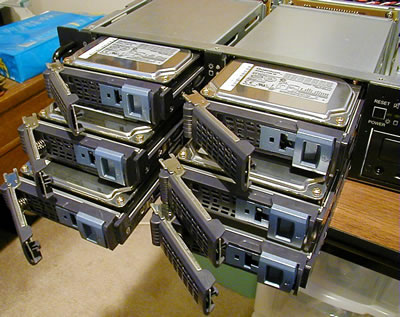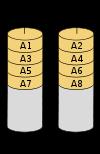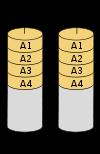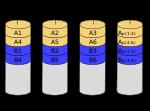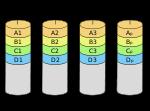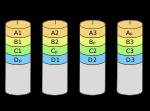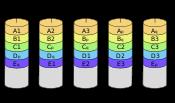Need information about RAID and its uses

I know it's an acronym but don't know what it means and for what is used. Can you please tell me more?
I want to find more information about this hardware piece because I'm interested in buying one and I don't know anything about it.
I would be grateful for any help.
Thanks,
Costina.
